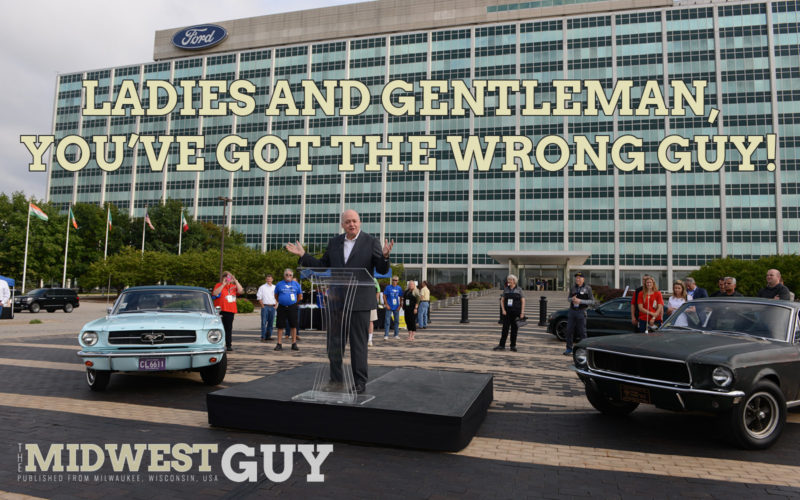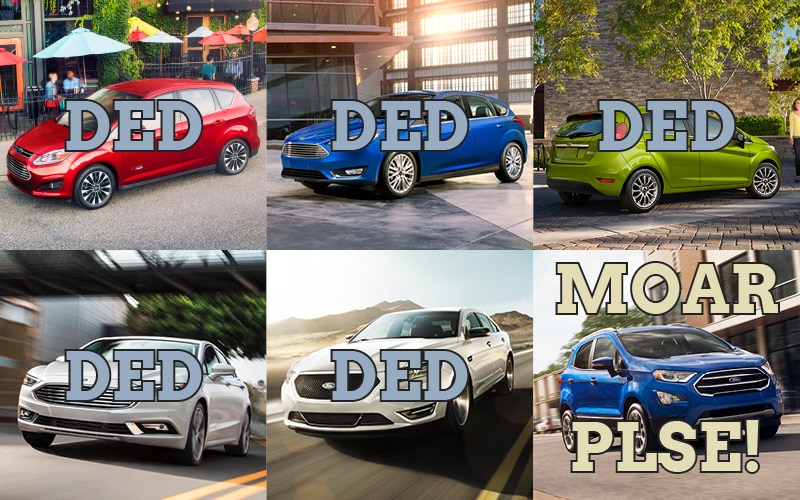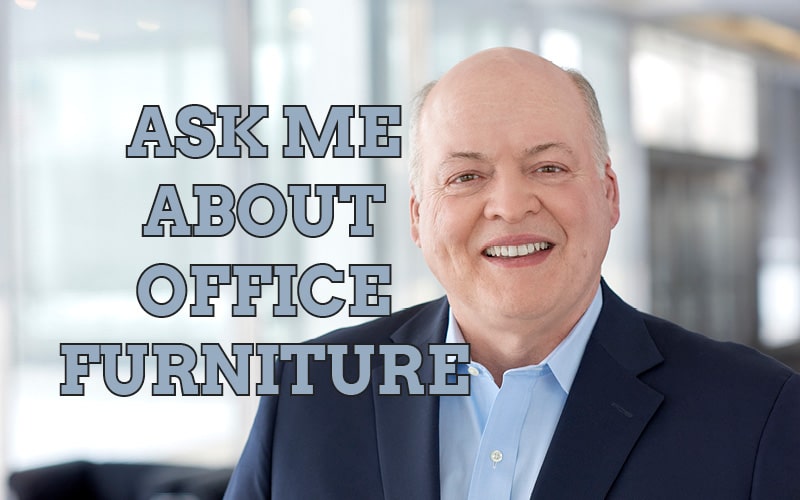
Does Jim Hackett Even Know What Ford Does?
Let’s start off with this: Ford Motor Company CEO Jim Hackett has been in an unenviable position from the start. His predecessor, Mark Fields, a Ford lifer, generated record profits during his three-year tenure as CEO, and was only let go because Wall Street lost its mind and valued Tesla, as a company, higher than Ford (and cross-town rival General Motors). But at least Fields made the big move to get Ford going hard, if late, on electric cars.
Fields’ predecessor, Alan Mulally, was a business and engineering genius who is the sole reason Ford still exists today, and was the only US automaker to not declare bankruptcy from the Great Recession (due to his uncannily prescient mortgaging of every single company asset, including the blue-oval logo itself, in 2006).
Jim Hackett, who took over Ford after leading office furniture behemoth Steelcase, made his first big move…killing pretty much everything Mulally and Fields did. Specifically, he decided to kill Ford cars. All of them (except the Mustang). And focus (no pun intended) 100 percent on SUVs, trucks, and crossovers.

This sounds somewhat familiar to the situation Ford found itself in under then-CEO (and still chairman) Bill Ford, Jr. (yes…of the family) during his tenure that ended in 2006. Ford was bought all-in on trucks, SUVs, and crossovers like…the Excursion, the occasionally-airborne Explorer, and that future-classic, the Lincoln Mark LT.
When the gas crunch hit, and prices topped $4/gallon (remember that?), suddenly Ford (the company) found itself in a pickle that Ford (the man) couldn’t see his way out of…which is why he hired then-Boeing CEO Alan Mulally. Mulally got Ford clipping on cars again like the new Focus, Fusion, and Taurus, brought the C-Max and Fiesta over from Europe. He also tossed off oddball acquisitions that Ford and his predecessor, Jac Nasser, oversaw (Volvo, Jaguar, Mazda, Aston Martin…ASTON MARTIN WAS OWNED BY FORD!).
So now that Hackett has set up Ford to “win” in the most trendiest fad space (crossovers, SUVs), how has Ford been performing? Mediocre, at best. Ford stock has been trading below $10 consistently for the past several months. That’s a first since the Great Recession, and only the second time it’s fallen below that level since 1986 (when $10 actually bought something).
Tesla CEO Elon Musk, who sometimes speaks before he thinks, has said Tesla and Ford are the only American automakers to have never filed bankruptcy (which is true), but that he believes Ford will soon drop off that list. As often as I am to raise an eyebrow at anything Musk says anymore, I can’t say I feel he’s entirely off-base.
The problem with Hackett is…he’s not a car guy. And I don’t mean that to say he “doesn’t appreciate” cars, or “doesn’t enjoy cars,” or “doesn’t live cars” like ol’ “Maximum” Bob Lutz did. I mean he didn’t come up, professionally, in the auto industry.

As I mentioned before, Hackett spent his career successfully making metal office furniture. The thing with office furniture is, compared to modern automobiles, they’re about as complicated as wooden blocks.
Furniture, even complicated, ergonomic furniture, can take a couple years from sketch-to-market. You generally don’t have to worry about office furniture killing you or others if misused, office furniture won’t kill the planet if overused, and office furniture doesn’t have to adhere to competing worldwide standards in safety and efficiency.
All that doesn’t even touch on the fact that office furniture isn’t generally engrained in the American psyche as a personal statement of taste, nor that a median-priced “office furniture system” tends to cost about a tenth what a median-priced car does.
The biggest problem, and one that Ford faced before, is lead time on automotive product development can sometimes run a decade. That means if something happens to drive gas prices up again tomorrow, and Ford doesn’t have product in the pipeline to handle it (or whatever the next big trend change is), it could be five to ten years before that product could be on the showroom floor…which is plenty of time for Ford to go under.
On top of that, ceding the (small) car market to competitors reduces chances of younger consumers to have that first product experience with a Ford.
If you think back to your first car, it was likely something along the lines of a Ford Escort, Chevy Cavalier, Honda Civic, Toyota Corolla, or, if you were lucky, a larger Taurus/Lumina/Accord/Camry. That’s because those cars were affordable, decent, and easy to handle. The quality Hackett likes about his current truck-and-SUV focus (higher prices, higher margins) is going to reduce the number of first chances people have to get a Ford.
What’s doubly-troubling, from a long-term view, is those first touches mean a lot to Ford. Ford has the third-highest owner loyalty rate (only behind Lexus and Mercedes-Benz) of any car brand in America. So if people can’t afford to buy their first Ford (often used), they’re much less likely to be looking for a second Ford (often new) later on.
Instead of killing Ford’s car lineup, Hackett instead should be redeveloping it. Several competing nameplates (Civic, Camry, etc.) are holding up fine despite changing tastes. There’s no reason Fords can’t be on that list as well.
When tastes shift again, and they will, Ford cannot afford to be caught flat-footed for the second time since 2000.
